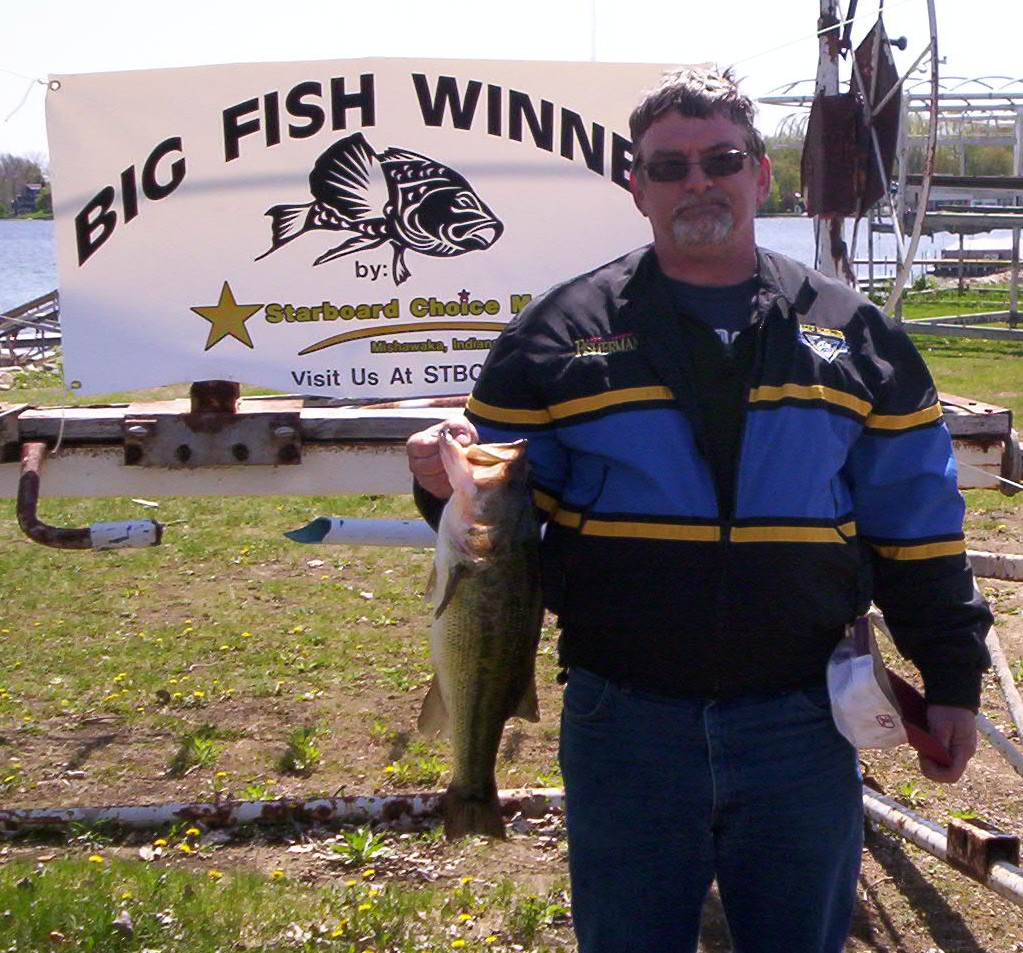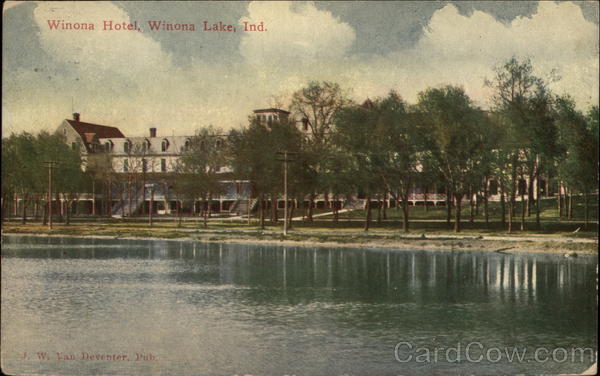Table of Content
Much of the Beyer's effort was to use this natural refrigeration to ehance the value of their products. By 1905, the resort and surrounding area had been renamed Winona Lake. The following ten years are now known as the ‘Golden Age’ of Winona Lake, with summer tourism reaching 250,000. It was during these years that evangelist Billy Sunday built a home in the nearby village.
As the fuller Chautauqua-type programming declined, the Bible and prophecy conferences remained strong and became the hall-mark of Winona Lake. These gatherings also reflected a turn toward fundamentalism and Premillennial Dispensationalism, though Winona Lake remained a central hub for a wide variety of evangelical leaders and activities. Youth for Christ, for example, was founded in Winona Lake in 1944 and Billy Graham spoke in the Billy Sunday Tabernacle in 1949.
The Village at Winona is a destination rooted in warm hospitality, natural beauty and spiritual community.
The houses are placed close together and many have two story porches overlooking the park and lake beyond. The cottages originally had names, some of which continue today. These houses were originally built for as summer residences but over the years have been converted into year round houses. Two that really stand out are the Beyer house and the Billy Sunday House. Two of the Beyer brothers constructed this symmetrical Queen Anne house in 1907.
Thanks to Sunday’s presence, Winona Lake became a haven for religious community, its summer days filled with church conferences, conventions and training schools. The area became oasis for Midwesterners looking for rest and relaxation as well as strong spiritual community. Will usually ship within 2 business days of receiving cleared payment.
The Beyer Home, Winona Lake, Ind., Postcard 8/4/21
A variety of concrete blocks was used to build the house complete with turrets and wrap around porches. The three story interior was divided into identical halves—one for each brother. The Billy Sunday House, also known as Mount Hood, was built by the noted evangelist and his wife in 1911.

There are a series of non-residential buildings that dot the landscape as well. These include hotels, guest hotels, religious buildings, gathering spaces, and retail space, a more recent addition. The Winona Hotel, the oldest building in the area, dates from 1887 and predates “Winona Lake”.
More Items from Stampsplusbyjandm
By the 1960s, the "Assembly" had had several rounds of financial pressures and even the Bible Conferences were dwindling. In 1968, the grounds were purchased by Grace College and Theological Seminary and the school also assumed the assembly's heavy debts. Qualifying purchases could enjoy No Interest if paid in full in 6 months on purchases of $99 or more. In 1994, a restoration project began to transform the Winona Lake community to its former glory. With the creation of new commercial and residential areas, as well as the restoration of nearly 30 properties, new life began to reappear.

Built in the Second Empire style, this 3 ½ story building dominates the northeast side of the area. It is currently being converted into apartments/condominiums. Interest will be charged to your account from the purchase date if the balance is not paid in full within 6 months. What's not obvious is how well you managed to keep the building verticals vertical, without a T&S lens.
The seller has specified an extended handling time for this item. In 1887, the brothers built Spring Fountain Park, a resort complete with a hotel, a racetrack and a roller coaster. The grounds of Winona Lake still convey the atmosphere of a summer resort. There is a ridge to the north of the lake where many of the two-story, wood frame residences were constructed.

Returns Accepted Yes Returns Policy Returns are accepted for items not as described or damaged during delivery. Buyer must get an approval confirmation number from seller prior to return shipment. Refund is for original purchase price NOT including shipping or sales tax . Delivery time is estimated using our proprietary method which is based on the buyer's proximity to the item location, the shipping service selected, the seller's shipping history, and other factors. Will ship within 5 business days of receiving cleared payment.
The first program included a keynote lecture from John Heyl Vincent, a co-founder of the original Chautauqua Institution in western New York. F. Beyer purchased the area that surrounded the eastern side of what was then known as Eagle Lake. During the 1980s, as the older buildings and facilities continued to decline, the historic district became known for its dilapidated condition. The town experienced a renaissance in 2000, however, when local business leaders invested the heavy resources needed to create The Village at Winona and other recreational and local initiatives. Although these efforts took place between 1998 and 2000, members of the Winona Historical Society had been raising awareness and taking small steps since at least 1990. The resort was sold in 1894 to Presbyterian church leader Dr. Solomon Dickey, who dreamed of turning the area into a religious retreat.

The Beyer Brothers had additional plans for their property, however, and they founded Spring Fountain Park as a summer resort and Chautauqua site. The Park included such attractions as a race track, a modest roller coaster and cyclorama. A hotel was built, as well as an auditorium, which was used for programs and lectures.
Several notable persons held the position of president of the "Assembly," including H. Wilbur Chapman and William Biederwolf served as heads of the Bible conferences. In 1911, the sensational evangelist Billy Sunday moved his family to Winona Lake, building an Arts and Crafts bungalow that has been preserved as the Billy Sunday Home Museum. Sunday's song leader, Homer Rodeheaver, soon relocated to Winona Lake as well.
This Arts and Crafts bungalow has a remarkably intact interior with decoratively painted canvas wall coverings and wainscoting. Below the ring of residential properties is a 200-acre park that includes an amphitheater, formal gardens, paths, retaining walls, fountains, benches, and sculpture. The Beyer brothers purchased a large parcel of land in 1886 on the shores of then Eagle Lake and opened Spring Fountain Park, a summer resort and amusement park. By 1895, the Winona Assembly and Summer School Association had purchased the property from the Beyers and started running a summer resort community based upon the chautauqua that had been established in New York State.



